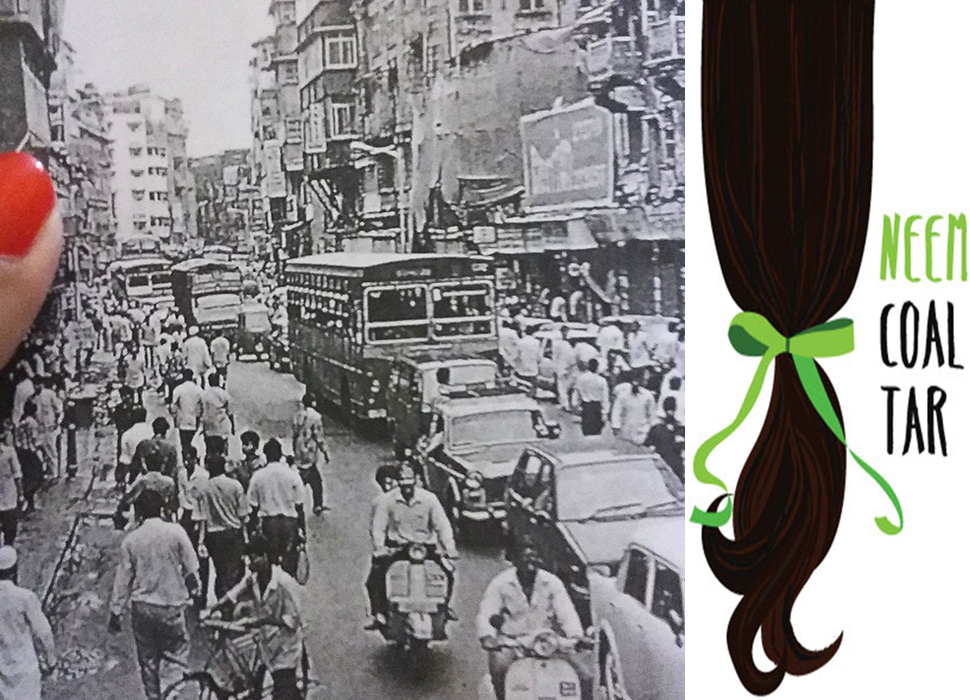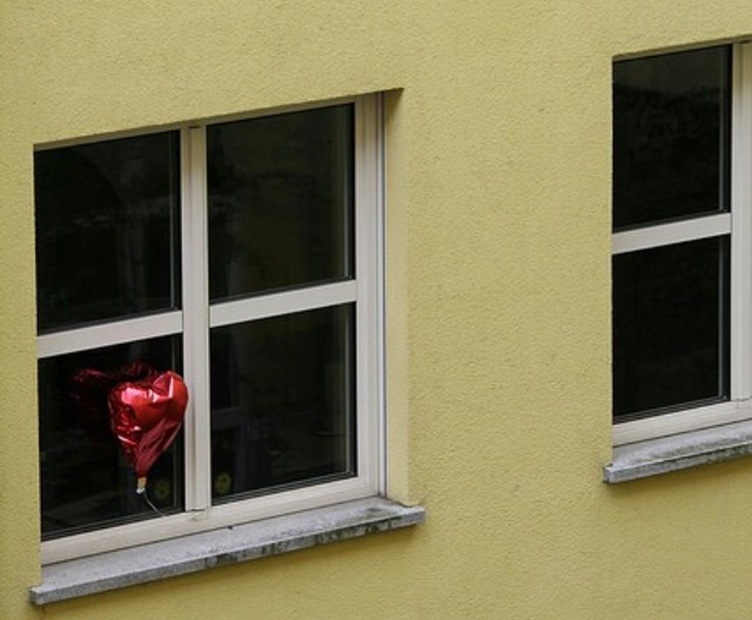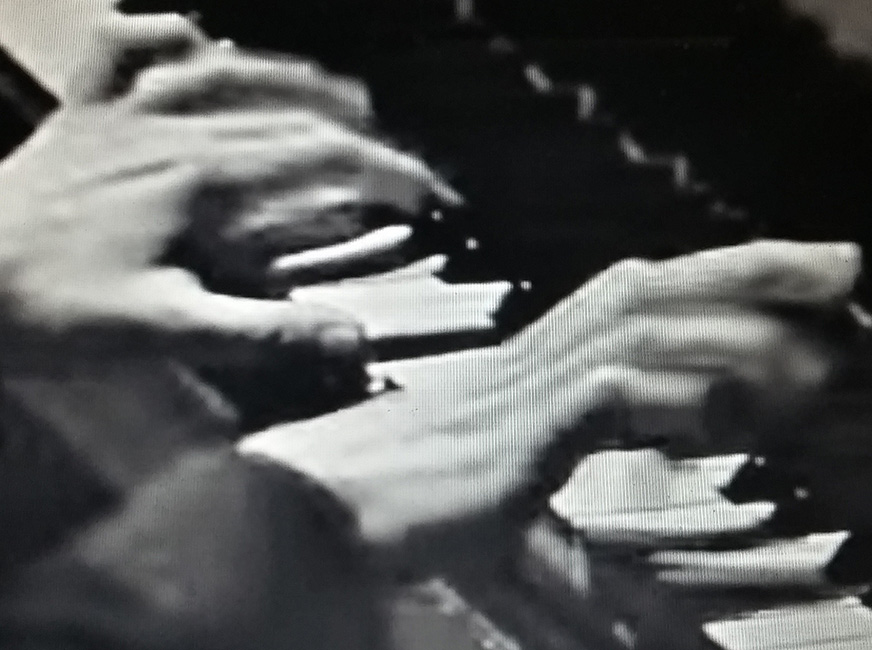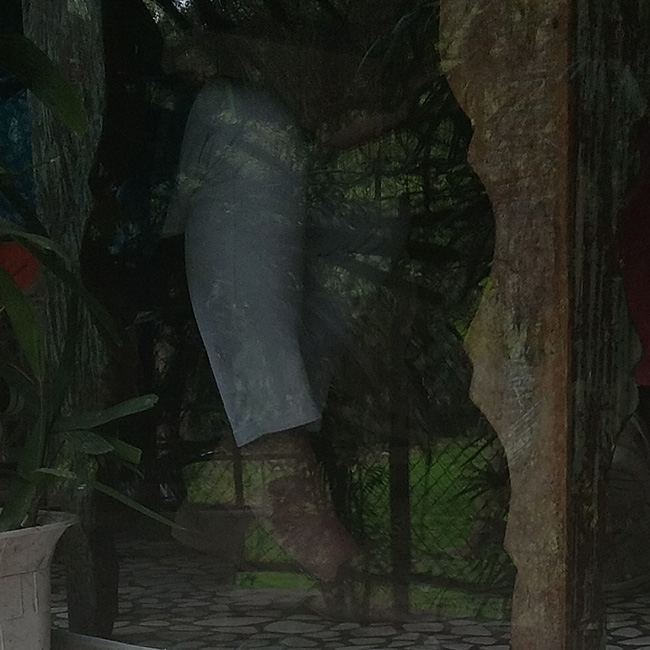In this column, I will try to explore the possibilities and limitations of the Indian urban reality and question the boundaries of this experience. When we talk about India, its cities, its citizens, its life: What do we understand? What do we assume? I am a twenty-five year old woman living in Delhi and I will write about my life, my impressions and about the daily act of seeing this surrounding reality.
Last night, the sound of my own heartbeat woke me up. It beat so loudly, so certainly, as if it would continue to beat forever. I lay there listening to it for a while, trying to understand why and how these things inside our chests work and suddenly I remembered Amrita Sher-Gill. Yesterday, I had stood in front of her Department Store for a long time at the National Gallery of Modern Art and if you ask me to tell you what it is about, all I will be able to describe is a red dot.
That red on a woman’s shawl in a Hungarian store looked so similar to those mulberries I used to eat as a child—always with salt, always without a bowl—and I thought how this world sometimes seems like a giant page of connect-the-dots and what would happen if someday, when I am bored, I decide to connect all these red dots I can see? Where would I reach? What would be revealed on this page?
Today, while coming back from Nizamuddin, I saw mulberries after many years and I bought some with whatever little money I had. Even though the man who sold them had no salt, my stained fingers reminded me of that man’s hands who cut my beloved tree of red and green when I was so young, only almost six, with our landlady standing there, looking at that dying tree as my room slowly filled with an unbearable light. Last Tuesday, when I wore a red dupatta with my deep-green kameez, you asked me if I was celebrating something. I didn’t tell you, my dear, that these colours, these deep-dark colours that look so beautiful together, are reminders of my first sorrow, my first death. That mourning and grief can also exist outside black and white: sometimes they are deep inside our red hearts. Our red hearts. Why don’t we mourn with red? Why do grief and happiness come in different colours? Even in fragments, my heart is red.
The hands of that unknown man from my childhood, which were stained with ripe berries, looked so different, so unlike the hands of Glenn Gould when he played the first movement of Bach’s Keyboard Concerto no. 1 and also how different YouTube red is from the redness of crushed ripeness and yet how similar they look, how almost-same-but-not-quite they are. Last night, I painted my nails bright red and watched them for a while, trying to see if I can recognise the effect the colour has on my hands, how it looks around my fingers. How each red transforms the hand it surrounds.
In January of this year, while coming back from Ajmer, there was a traffic jam because of an accident and the ambulance had still not arrived. I got off the car and walked up to the crowd, in the middle of which I could see a woman in a saree lying on the road as blood trickled down from the back of her head. I watched the blood until its brilliant shine started looking like my long-dead grandmother’s ruby nose-pin with her head turned just slightly so. I could almost feel her movement, her turning away from something.
Just like that bird had turned away from me on the balcony, the one with the red sclera and black pupils, whose eyes must have inspired Ghalib to write that couplet…do you remember it? “Jab aankh hi se na tapka, to phir lahoo kya hai?” I had only wanted to look at that coucal’s red, which had a black spot in the middle. It vaguely resembled my heart, which I imagine looks like Rothko’s Black in Deep Red, whose colours, if you can’t find the painting, you can see in Saul Leiter’s photographs. Last year, at the Musée Matisse, I’d stopped in front of similar, but inverted, colours: a black figure with a red spot on its left side.
This world and its endless reds. After I die, will someone remember that these red dots used to remind me of salt?





